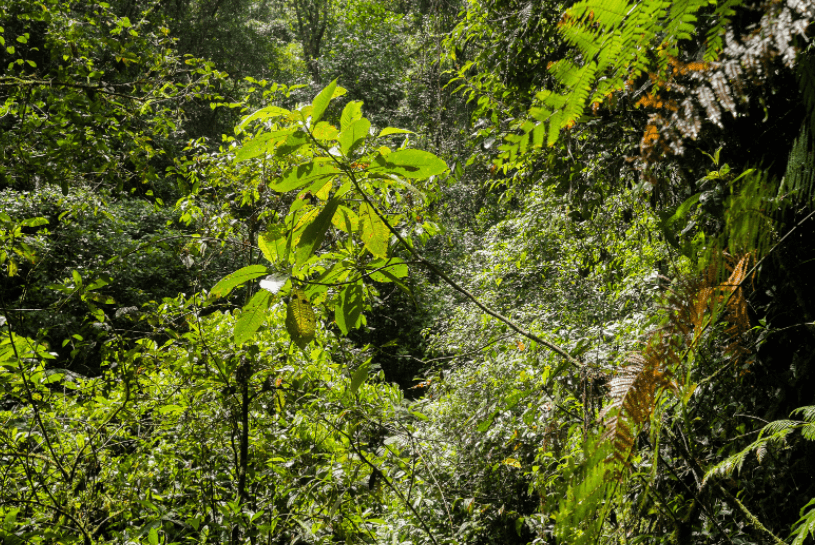Podocarpus Plant
Among exotic conifers found in local landscapes are podocarpus and weeping podocarpus, Norfolk Island pine and other Araucaria species, Japanese plum yew, arborvitae, Arizona, and Italian cypresses, and, finally, tree, shrub, and groundcover species and varieties of junipers.
The exotic conifers just mentioned, and many of the natives listed are easy to grow here on appropriate sites with one — Norfolk Island pine — suitable for interiorscaping and landscape use.
After growing plants for many years and observing and caring for them, a gardener comes to the realization that some plants are reliable performers while others leave much to be desired.
Some plants remain beautiful year-round with nary a care, while others require coddling in order to be attractive for short periods of time. We learn which ones are the workhorses and mainstays of the landscape and which are the short-lived, here-today, gone-tomorrow weaklings.
A Workhorse Plant
Podocarpus macrophyllus, or Japanese yew, has a proven track record in gardens in our area. An upright oval to columnar shaped evergreen tree, it can grow 40 feet tall or more unless it is regularly pruned into a shrub.
Narrow, flat, needle-like leaves (1/2 to 2 3/4 inches long by 1/4 to 3/8 inches wide) are dark green and lustrous. Like pines, spruces, and cycads, podocarpus is a gymnosperm which bears a naked seed generally referred to as a fruit.
Plants are dioecious, which points that there are separate male and female plants. Catkin-like structures on male plants produce pollen which fertilizes small, inconspicuous scaly ovules on female plants. Small red to blue fruits about a half-inch long are produced on female plants.
Culture and Uses
Podocarpus grows best in full sun but will also grow well in considerable shade. Preference is for well-drained, acidic soil. Tolerance of poor soil and restricted root space make it an ideal street tree. It can take salt spray and the worst of our heat with no ill effects.

Best growth will be achieved if fertilizer is scattered lightly out to the drip line once or twice a year during the first few years. No pests or diseases cause significant problems, and the tree is tolerant of urban conditions and high winds.
Podocarpus can be allowed to grow into tree form, or it can be shaped into a sheared hedge. In either instance, it is one of the best plants for creating a dense screen. It can be used as a specimen, a container tree, topiary, screen, patio tree, sidewalk or street tree.
Lower limbs can be cut to make a standard tree form, or they can be left for a ground-sweeping, almost spruce-like appearance. Shaped topiaries at theme parks are often made out of podocarpus. Since stems stay fresh for a long time after they are cut, having a podocarpus in the landscape is an absolute “must” for floral designers.
Although fruits are attractive to wildlife, references differ in their assessment of toxicity to humans. The University of Florida IFAS states that the fruits are edible.
Different Kinds Of Podocarpus
Quite a few species of podocarpus are in the trade, but only two are commonly grown in our area: Podocarpus macrophyllus and Podocarpus nagi. The later may grow to 40 feet or more tall, and its leaves are about three inches long and one inch wide, making them larger than those of P. macrophyllus.
Several varieties of Podocarpus macrophyllus are available. Podocarpus macrophyllus var. Angustifolia is a narrow, columnar tree with curved leaves; P. macrophyllus var. appresus is a low shrub with short leaves, and P. macrophyllus var. maki has erect branches, columnar form, and longer, more graceful foliage than the species.
At a Glance
Scientific name: Podocarpus macrophyllus
Pronunciation: Poe-doe-KAR-pus mack-roe-FILL-us
Common names: Japanese Yew, yew pine, yew podocarpus, Buddhist pine, podocarpus
Family: Podocarpaceae (Podocarpus)
Relatives: Prince Albert’s Yew (Saxegothaea conspicua)
Size: 30-40/20-25 ft. tall/wide
Hardiness: USDA Zones 8-11
Salt Tolerance: High
Origin: Japan, southern China
Propagation: Easy from cuttings; Seeds take two years to germinate


























